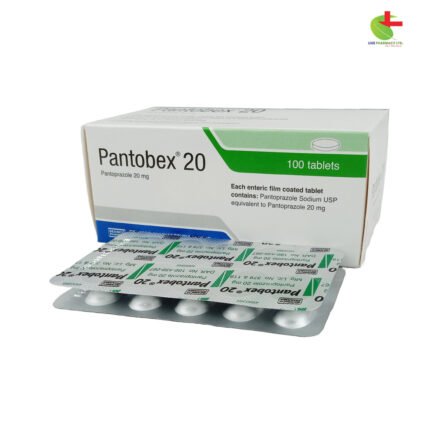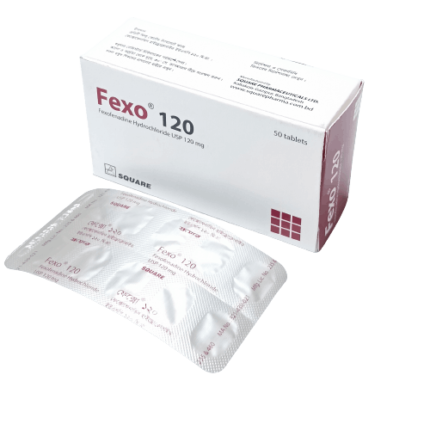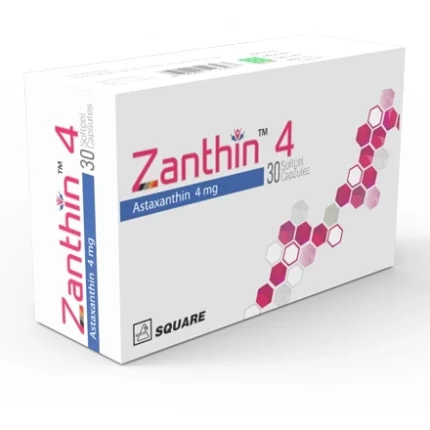Olmesan 10
60.00৳ Strip
- Olmesan is an effective antihypertensive medication used to manage high blood pressure, either alone or with other treatments.
- It works by blocking the action of angiotensin II, a hormone that causes blood vessel constriction, thus lowering blood pressure.
- Olmesan is typically administered as a daily dose of 20 to 40 mg, with minimal drug interactions and side effects.
- It should be avoided during pregnancy and requires careful monitoring in patients with renal issues.
 Brand
Brand
|
Beximco Pharmaceuticals Ltd |
|---|---|
 Generics
Generics
|
Olmesartan Medoxomil |
 Type
Type
|
Tablet |
Indications:
Olmesan is prescribed for managing hypertension and can be used alone or in combination with other antihypertensive medications.
Pharmacology:
Olmesan works by inhibiting the effects of angiotensin II, a key hormone in the renin-angiotensin system that causes blood vessel constriction and increases blood pressure. By selectively blocking angiotensin II from binding to AT1 receptors in vascular smooth muscle, Olmesan effectively counteracts these effects. Unlike some other treatments, Olmesan does not affect ACE or bradykinin responses and has a significantly higher affinity for AT1 receptors compared to AT2 receptors. This mechanism helps control blood pressure without the drawbacks of other treatments.
Dosage & Administration:
Dosage should be personalized based on the patient’s needs. Typically, the initial dose of Olmesan is 20 mg daily. After 2 weeks, the dose can be increased to 40 mg if further blood pressure reduction is required. Doses beyond 40 mg do not enhance efficacy. Olmesan is usually taken once daily, with no additional benefit from splitting the dose. It can be taken with or without food. Elderly patients and those with significant renal or hepatic issues do not require initial dosage adjustments but should be monitored closely, especially if they are also taking diuretics. Safety in pediatric patients has not been established.
Interactions:
Olmesan does not significantly interact with digoxin or warfarin, and antacids do not affect its bioavailability. It does not influence the cytochrome P450 system, minimizing drug interactions. However, combining Olmesan with NSAIDs or COX-2 inhibitors, especially in patients with renal issues, may impair renal function. Regular monitoring is advised when using Olmesan alongside these medications.
Contraindications:
Olmesan should not be used by individuals who are hypersensitive to any of its components.
Side Effects:
Olmesan is generally well-tolerated, with side effects occurring at rates similar to placebo. Common side effects include dizziness, back pain, and gastrointestinal issues. Rarely, cough and other reactions may occur, but these are not dose-dependent.
Pregnancy & Lactation:
Olmesan should be discontinued as soon as pregnancy is confirmed, particularly in the second and third trimesters, due to potential harm to the fetus. It is unknown if Olmesan is excreted in breast milk, but it is present in low concentrations in the milk of lactating rats. The decision to continue breastfeeding or discontinue the drug should be carefully considered.
Precautions & Warnings:
Patients with renal function dependent on the renin-angiotensin system should be monitored for potential renal issues, including oliguria and acute renal failure. Similar concerns may arise with Olmesan treatment.
Overdose Effects:
In the event of an overdose, symptoms may include hypotension and tachycardia, with bradycardia possible in certain cases. Immediate medical attention is required, including supportive measures to stabilize cardiovascular function and manage fluid balance.
Therapeutic Class:
Angiotensin II Receptor Blocker
Storage Conditions:
Store in a cool, dry place below 30ºC. Protect from light and moisture. Keep out of reach of children.













Reviews
There are no reviews yet.